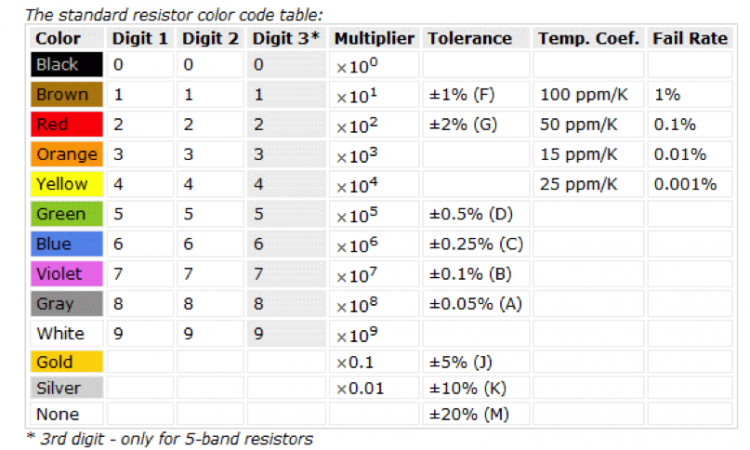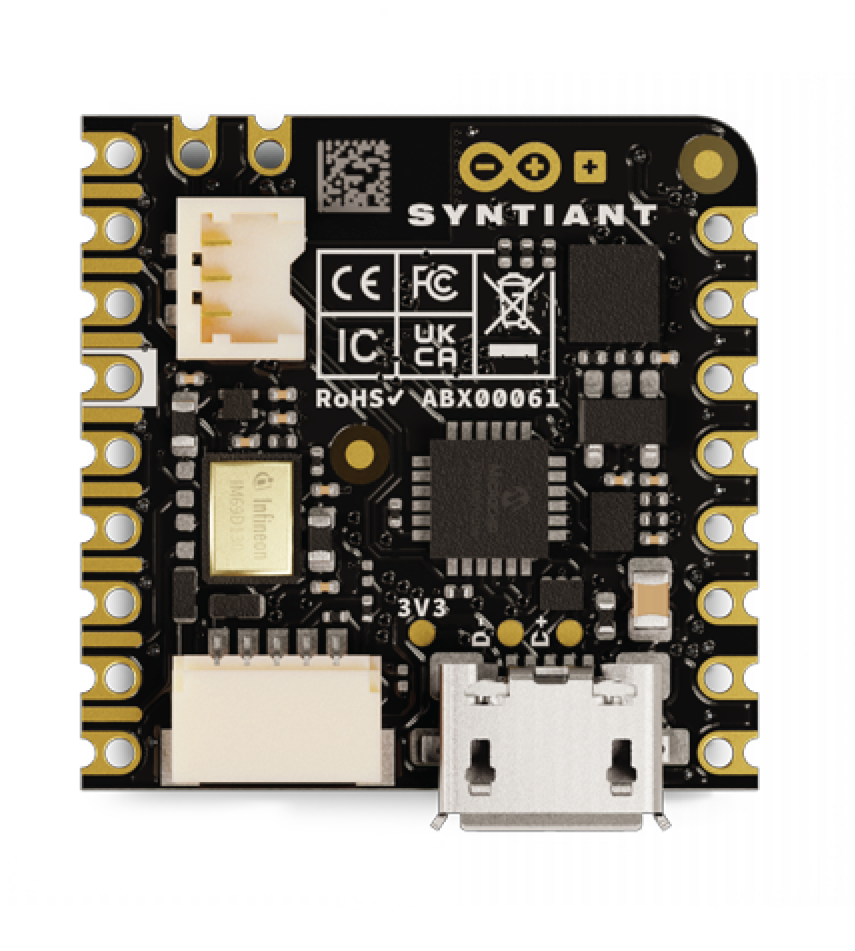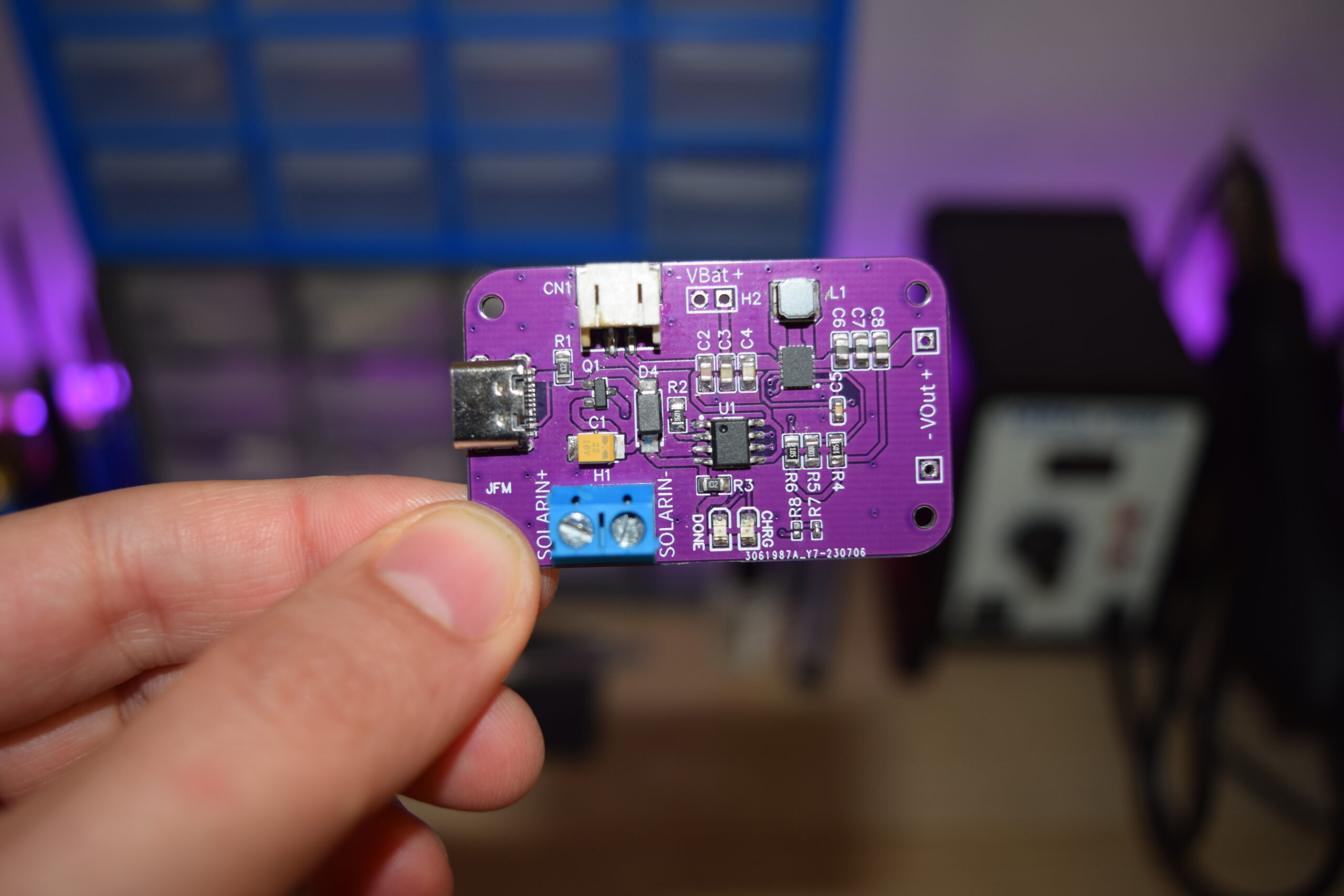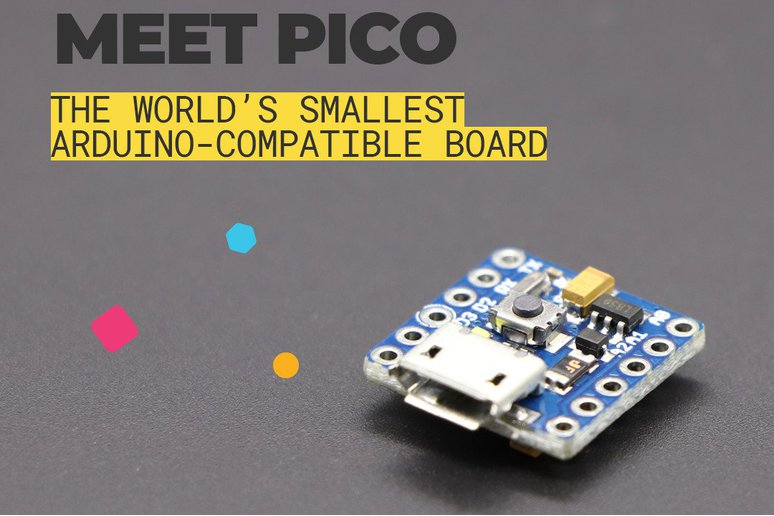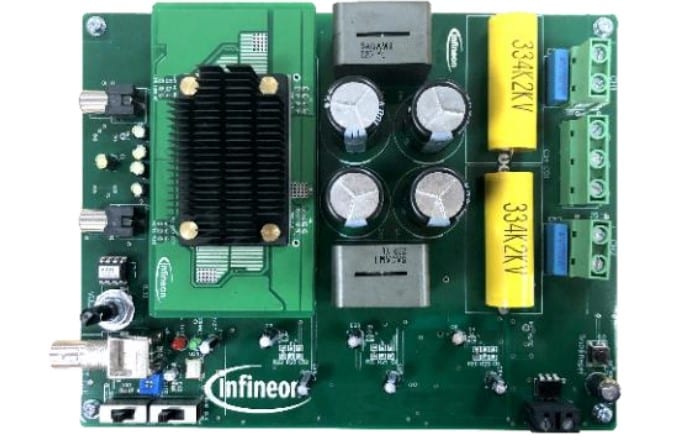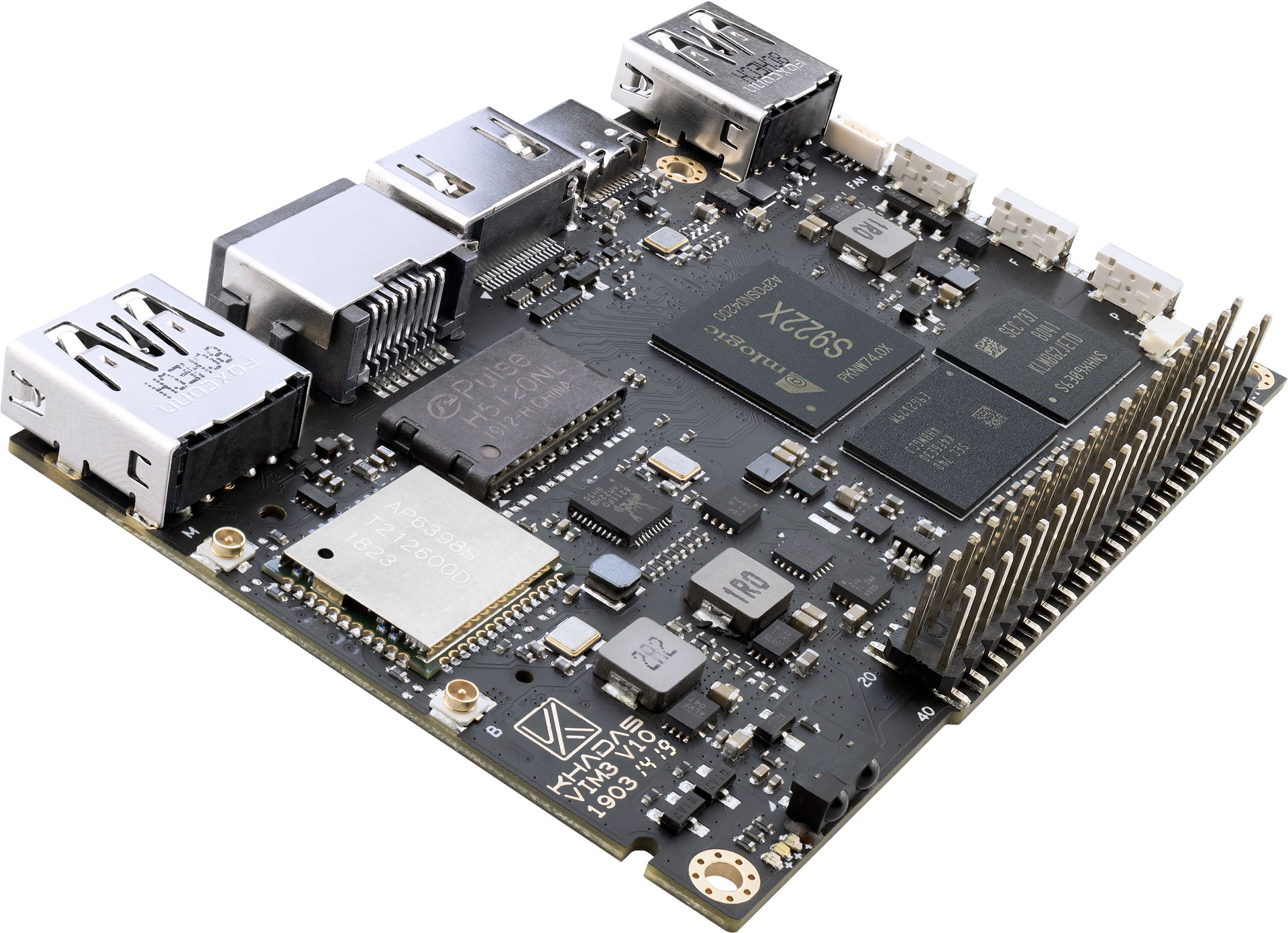
Terahertz Electronics – Way To Bridge The largely-untapped Region Between 100GHz and 10THz
The terahertz (THz) region, which is based on 1THz frequency, separates electronics from photonics and has been difficult to access for ages. Semiconductor electronics cannot handle frequencies equal to or greater than 100GHz due to various transport-time related limitations. In other hand, photonics devices fail to work below 10THz as photon’s energy significantly drops to thermal energy. Terahertz Electronics (TE) is a new technology that extends the range of electronics into the THz-frequency region.
The main goal of Terahertz Electronics is to build a bridge between low-frequency “Electronics” and high-frequency “Photonics”. Since these devices use photon-electron particle interactions, as photon energy “hv” decreases below thermal energy “kT”, the device ceases to operate efficiently unless it is cooled down. At the low-frequency end, electronics cannot operate above 100GHz as transport time is dependent on drift and diffusion speeds of electrons/holes. As a result, a large region between 100GHz and 10THz remained inaccessible. Terahertz Electronics solves this problem efficiently by cleverly incorporating electronics with photonics.
Terahertz electronics technology offers practical applications in high-speed data transfer, THz imaging, and highly-integrated radar and communication systems. Surprisingly enough, It does not use semiconductors. Instead, it is based on metal-insulator tunneling structures to form diodes for detectors and ultra-high-speed transistors for oscillator based transmitters.
One drawback of the Terahertz Electronics is, it requires high-frequency radiation sources. Lack of a small, low-cost, moderate-power THz source is one of the main reasons that THz applications have not fully materialized yet. Scientists are trying to find a solution to this problem. They created a compact device that can lead to portable, battery-operated sources of THz radiation. This new solid-state T-ray source uses high-temperature superconducting crystals that contain stacks of Josephson junctions. So, even a small voltage, around two millivolts per junction, can induce frequencies in the THz range.

TE devices are extremely fast and they are made entirely of thin-film materials—metals and insulator. Hence, it is possible to fabricate Terahertz Electronics devices on top of complementary metal oxide semiconductor (CMOS) circuitry—a technology for creating integrated-circuits circuitry or on an extensive variety of substrate materials. In TE devices, charge transport through the junction occurs via electron tunneling. Further research and development will make Terahertz Electronics a reality in not-so-distant future.





